Latest News

Six Common Problems in Fastener Cleaning

What Requirements Should The Protective Layer Of Stainless Standard Parts Meet

Precautions For Anti-corrosion Maintenance Layer Of Standard Parts

How To Deal With The Rust Of Stainless Steel Fasteners

How To Transport And Store Fasteners

What Are The Main Material Classifications Of Standard Parts
Three Common Surface Treatment Methods For Fasteners
Dec 13, 2021 View: 1032
1. Electroplating of fasteners
Fastener electroplating refers to immersing the part of the fastener that needs to be electroplated into a specific aqueous solution. The aqueous solution will contain some deposited metal compounds, so that after the current passes through the aqueous solution, the metal substances in the solution will precipitate and adhere to On the immersed part of the fastener. The electroplating of fasteners generally includes zinc, copper, nickel, chromium, copper-nickel alloys, etc.
2. Hot dip galvanizing of fasteners
The hot-dip galvanizing of fasteners is to immerse fasteners of carbon steel components into a plating tank of molten zinc with a heat of about 510℃, so that the iron-zinc alloy on the surface of the fasteners will be converted into passivated zinc, thereby Obtain the surface treatment effect. The price of hot-dip galvanizing of fasteners is higher than that of electroplating, about 1.5 to 2 yuan per kilogram.
3. Mechanical plating of fasteners
The mechanical plating of fasteners refers to the use of specific physical and chemical means to impact the surface of the fastener with the powder of the coated metal, so that the coated metal forms a coating on the surface of the fastener through cold welding to reach the surface Treatment effect. The mechanical plating of fasteners is mainly applicable to spare parts such as screws, nuts and washers.
The main purpose of the surface treatment of fasteners is to obtain the anti-corrosion ability of the fastener itself, so as to increase the reliability and adaptability of the fasteners. Therefore, the quality judgment of the surface treatment of the fasteners is mainly to check Whether the corrosion resistance of fasteners has been effectively increased, and whether the increase is in line with the expected requirements.
You Might Also Like
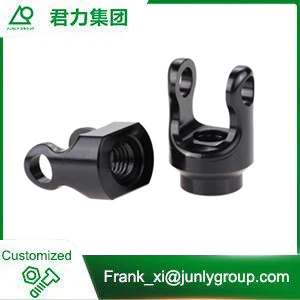
Aluminum Alloy CNC Machining Parts For Medical Devices
Learn More
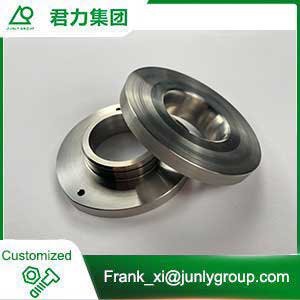
Flange Accessories
Learn More
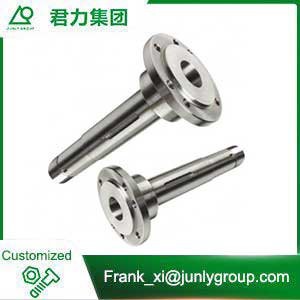
Stainless Steel Machined Parts
Learn More
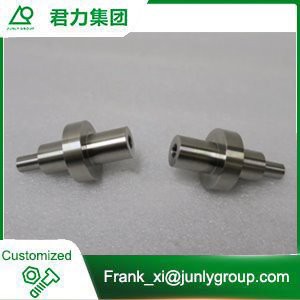
High Precision CNC Machined Lathe Medical Part
Learn More
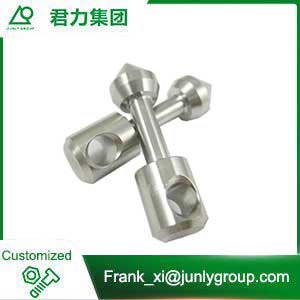
Precision Machined Parts
Learn More
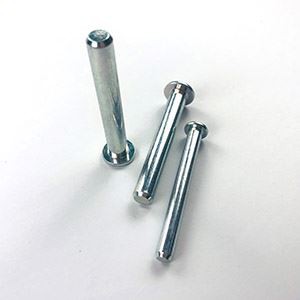
Hex Socket Button Head Screws
Learn More
Send Inquiry
Copyright © SIP Junly Industrial Precision Co., Ltd. All Rights Reserved.